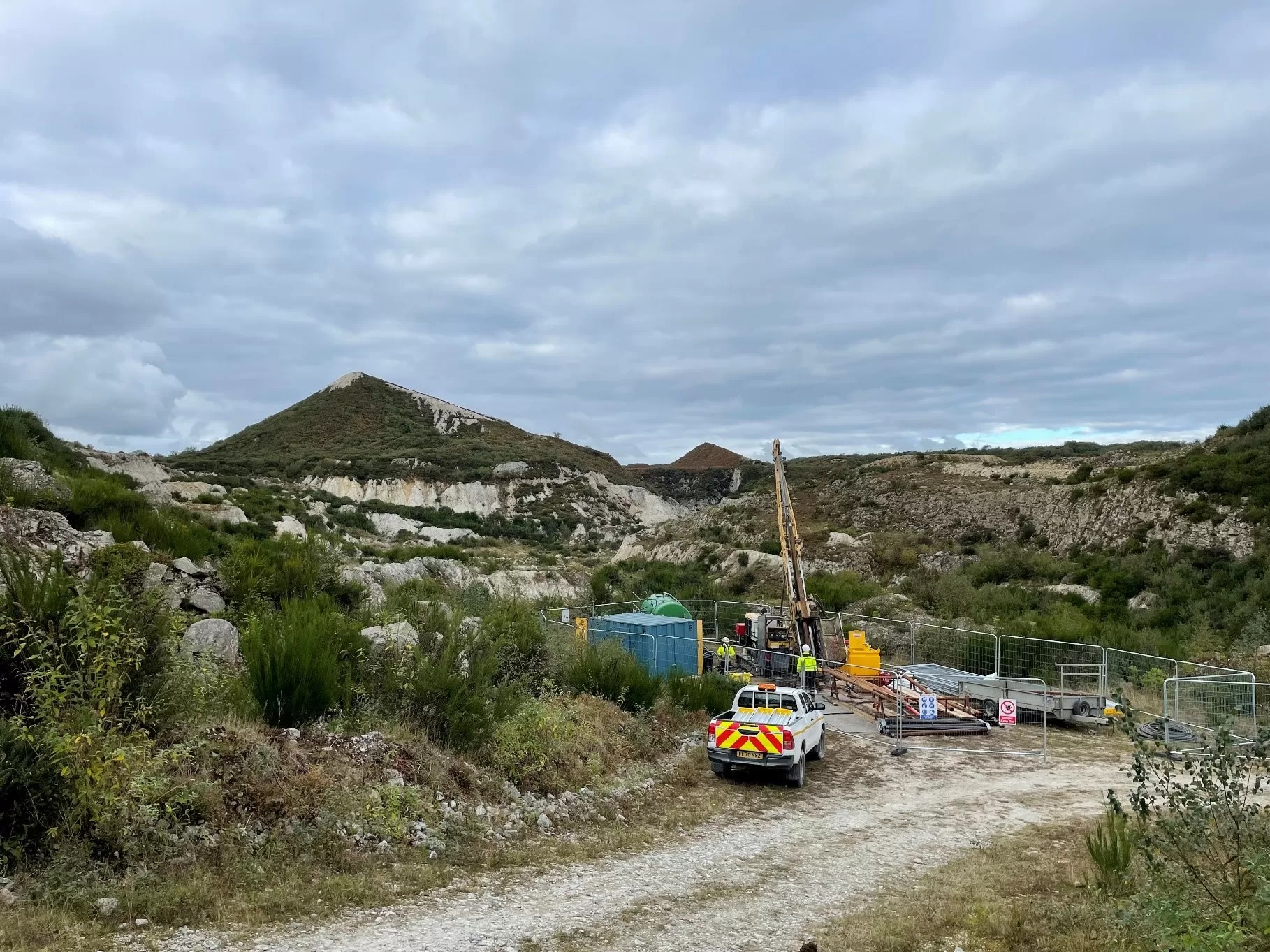According to GlobalData’s Technology Foresights, which uses over 70,000 patents to analyze innovation intensity for the mining industry, there are 40+ innovation areas that will shape the future of the industry.
Robotic mining is a key innovation area in robotics
Robotic mining refers to the use of autonomous or remote-controlled robots to extract minerals or resources from mines. These robots are equipped with sensors, cameras, and tools to navigate the mine, locate and extract resources, and transport them to a designated location. The two main uses of robotics in mining are for drilling and haulage. Drilling rigs can be automated to various extents, while haulage vehicles can be replaced by autonomous trucks or autonomous railways. Minor uses include underground rock cutters and inspection drones.
The three common goals of mining companies, namely safety, productivity, and sustainability, are all supported by robotic deployment. Safety is improved by the removal of humans from hazardous areas. Drilling rigs can be operated and supervised remotely rather than on-site, haulage can be done without human drivers, underground tasks can be done without human presence, and the inspection of high walls or underwater regions can be done by drones, land rovers, and underwater robots. Safety is improved by the removal of humans from hazardous areas. Drilling rigs can be operated and supervised remotely rather than on-site, haulage can be done without human drivers, underground tasks can be done without human presence, and the inspection of high walls or underwater regions can be done by drones, land rovers, and underwater robots.
Productivity is improved primarily because robotic technology is more precise, reliable, and enduring than human labor. Drills can follow specified boring patterns and calculate the optimal amount of explosive to fill, haulage trucks can drive without stopping for breaks or staff changes, and underground mining can be done without waiting for the smoke from detonations to clear.
GlobalData’s analysis also uncovers the companies at the forefront of each innovation area and assesses the potential reach and impact of their patenting activity across different applications and geographies. According to GlobalData, there are 70+ companies, spanning technology vendors, established mining companies, and up-and-coming start-ups engaged in the development and application of robotic mining.
Key players in robotic mining – a disruptive innovation in the mining industry
‘Application diversity’ measures the number of applications identified for each patent. It broadly splits companies into either ‘niche’ or ‘diversified’ innovators.
‘Geographic reach’ refers to the number of countries each patent is registered in. It reflects the breadth of geographic application intended, ranging from ‘global’ to ‘local’.
Patent volumes related to robotic mining
Source: GlobalData Patent Analytics
Komatsu and Sandvik are among the leading patent filers in robotic mining. Komatsu‘s autonomous mining systems include remote oversight and operations, automated haulage, high-precision cutting, proximity detection, collision avoidance, machine-to-machine (M2M) communication, and auto-bolting.
Komatsu digitalization solutions use the power of data and technology to improve safety in underground coal mines, enhance productivity, and performance. Komatsu introduced the AFC Faceboss RS20s control system in August 2022 to improve operational synergy and safety in longwall coal operations. The control system, which is based on the existing RS20s platform for powered roof supports, leverages a diverse pool of engineering resources and technological know-how to improve armored face conveyor performance and expand the possibilities of underground coal mining. Komatsu and Toyota Motor announced a joint project in May 2023 to develop an autonomous light vehicle (ALV) that will run on Komatsu‘s autonomous haulage system (AHS) to achieve further safety and productivity improvements in mines by running autonomous haul trucks. Both companies are currently testing a concept ALV on their proving grounds, with the goal of having a proof of concept at a customer site by January 2024.
Meanwhile, Sandvik‘s smart mining approach and data solutions increase productivity, efficiency, and overall safety. In October 2023, the company introduced AutoMine® Core, a comprehensive automation platform for mass mining applications, to help customers transition from manual to fully-autonomous production. The new system is intended to assist customers in transitioning from manual mining techniques to fully-automated manufacturing processes. It provides users with a variety of compatibility options for Sandvik‘s own fleet as well as fleets from third-party original equipment manufacturers (OEMs).
In terms of application diversity, Sandvik leads the pack, while Baidu and LIUNA stood in the second and third positions, respectively. By means of geographic reach, Sandvik held the top position, followed by EquipmentShare.com and Komatsu.
To further understand the key themes and technologies disrupting the mining industry, access GlobalData’s latest thematic research report on Robotics in Mining.
From
The gold standard of business intelligence.
Blending expert knowledge with cutting-edge technology, GlobalData’s unrivalled proprietary data will enable you to decode what’s happening in your market. You can make better informed decisions and gain a future-proof advantage over your competitors.

GlobalData, the leading provider of industry intelligence, provided the underlying data, research, and analysis used to produce this article.
GlobalData’s Patent Analytics tracks patent filings and grants from official offices around the world. Textual analysis and official patent classifications are used to group patents into key thematic areas and link them to specific companies across the world’s largest industries.




